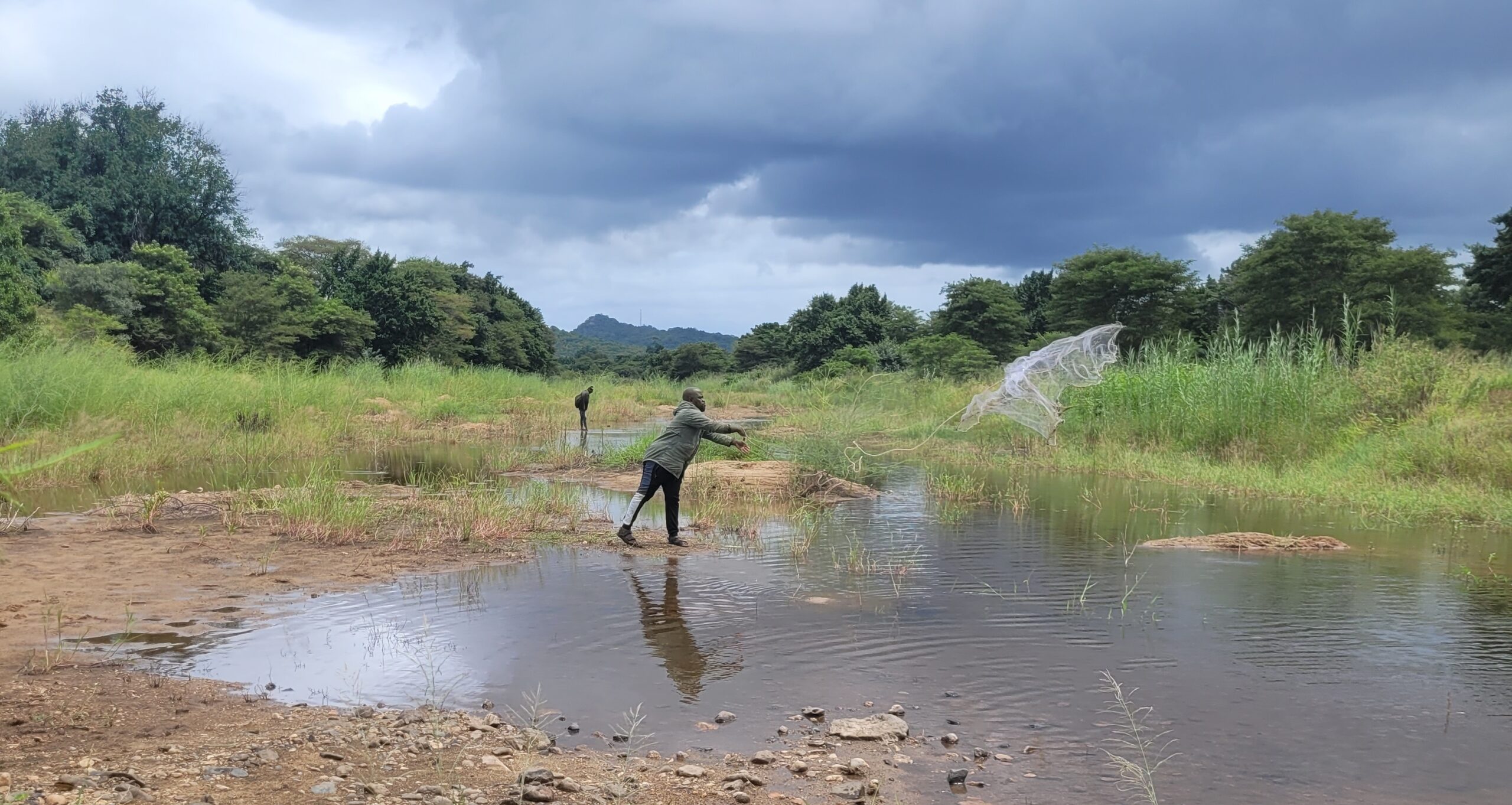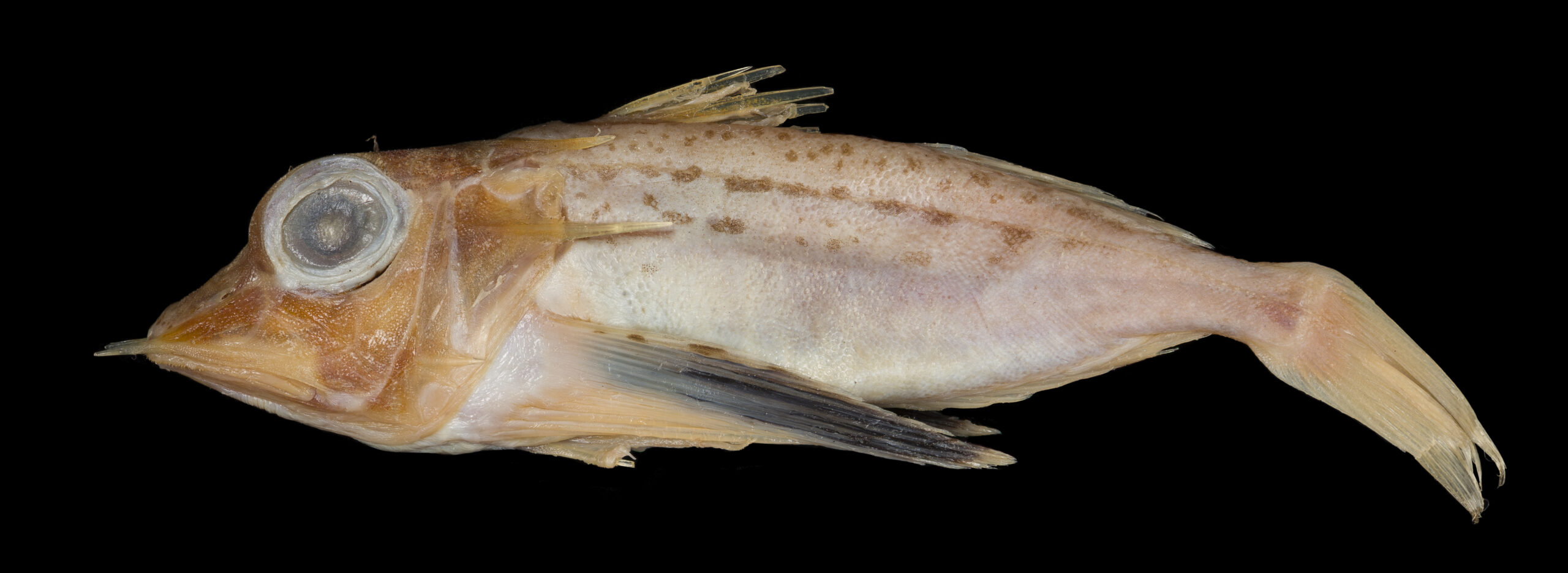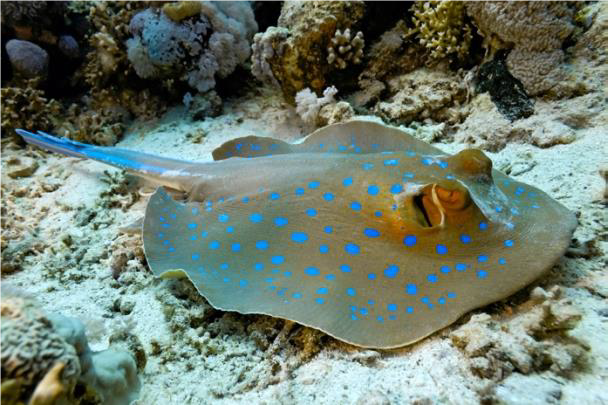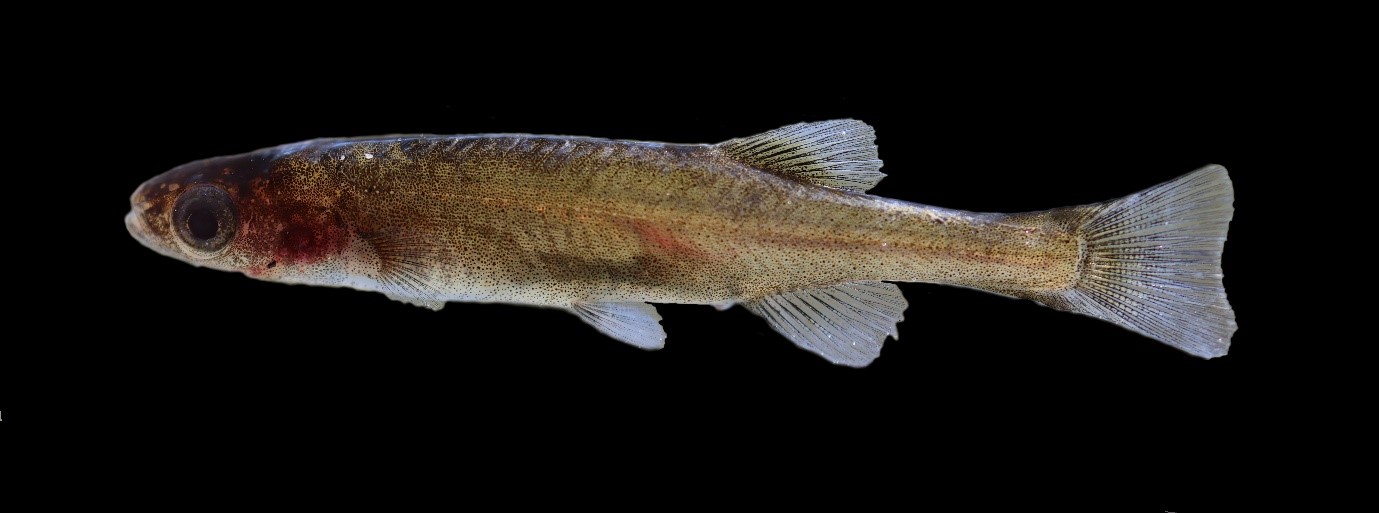A collaborative project between the NRF-SAIAB, the South African National Biodiversity Institute (SANBI) and the Department of Forestry, Fisheries and Environment (DFFE) is underway to determine the current extent of the spread of the invasive alien Nile tilapia (Oreochromis niloticus) in Limpopo and Mpumalanga.
The project will produce an up-to-date map of the current distribution of Nile tilapia in the rivers and dams of the provinces, simultaneously revealing key areas currently inhabited by pure strains of the native Mozambique tilapia.
These invasions can result in hybridization with native tilapias such as the Mozambique tilapia (Oreochromis mossambicus), but also the most favourable species for warm-water aquaculture, a sector which despite considerable attempts at development has remained stagnant. Current knowledge of the Nile tilapia’s distribution is therefore essential and needed for well-informed biodiversity management and decision-making.
The data collected in this project will inform policy on future freshwater aquaculture developments and activities in these provinces. This study will further aid in the process of demarcating zones where use of Nile tilapia will be permitted for use in aquaculture facilities, contributing to job creation and food security in the country.
Conflict Species
“The complication to South Africa’s ecosystem is that it consists of species that are economically valuable but also cause harm to biodiversity. Such species are called conflict species, as the different value associated with them results in considerable conflict with other ecosystem species,” said Dr Mandla Magoro, one of the leading researchers in the Nile tilapia project and Postdoctoral Researcher at NRF-SAIAB. In South Africa, conflict species are typically angling species such as trout, largemouth bass and carp, or aquaculture species such as Nile tilapia.
According to Dr Magoro, effective management of South Africa’s conflict species is hampered by incomplete knowledge which has resulted in decisions being made based on expert opinion rather than on the basis of strong scientific knowledge. “This constrains the effective development of management strategies and weakens the national response by public organisations who oppose the Alien and Invasive Species (AIS) regulations and strategy,” explained Dr Magoro. Thus, the regulation of conflict species requires proactive approaches to management such as, the proposed zoning scheme on national maps, which include permitted and prohibited zones for AIS.
The filling of these knowledge gaps about conflict species and developing scientific data to support decision making will become a major component of the National Invasive Species Strategy and Action Plan, which is under development by the DFFE and one of the important species defined as a priority in this Plan is the Nile tilapia.




